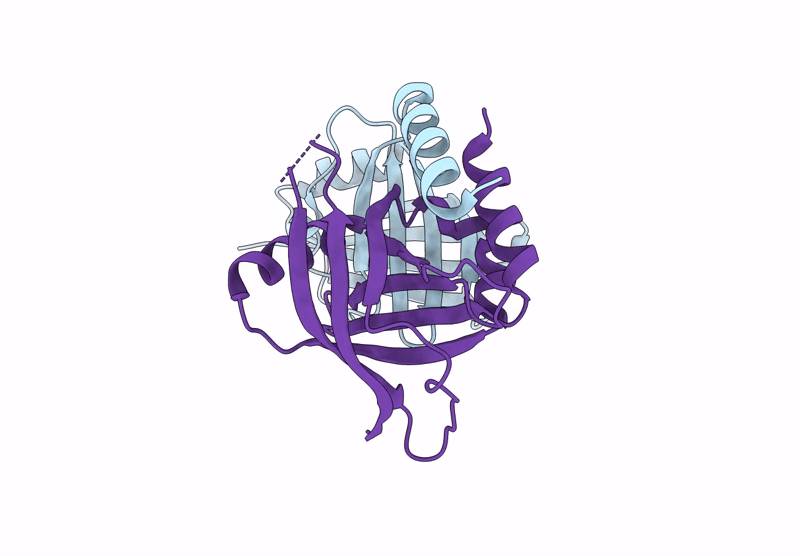
Deposition Date
2024-06-23
Release Date
2025-04-09
Last Version Date
2025-04-09
Entry Detail
PDB ID:
9CCV
Keywords:
Title:
Crystal structure of human respiratory syncytial virus NS1 bound to human MED25 ACID
Biological Source:
Source Organism:
Human respiratory syncytial virus A (Taxon ID: 208893)
Homo sapiens (Taxon ID: 9606)
Homo sapiens (Taxon ID: 9606)
Host Organism:
Method Details:
Experimental Method:
Resolution:
2.53 Å
R-Value Free:
0.26
R-Value Work:
0.24
R-Value Observed:
0.24
Space Group:
P 43 21 2


